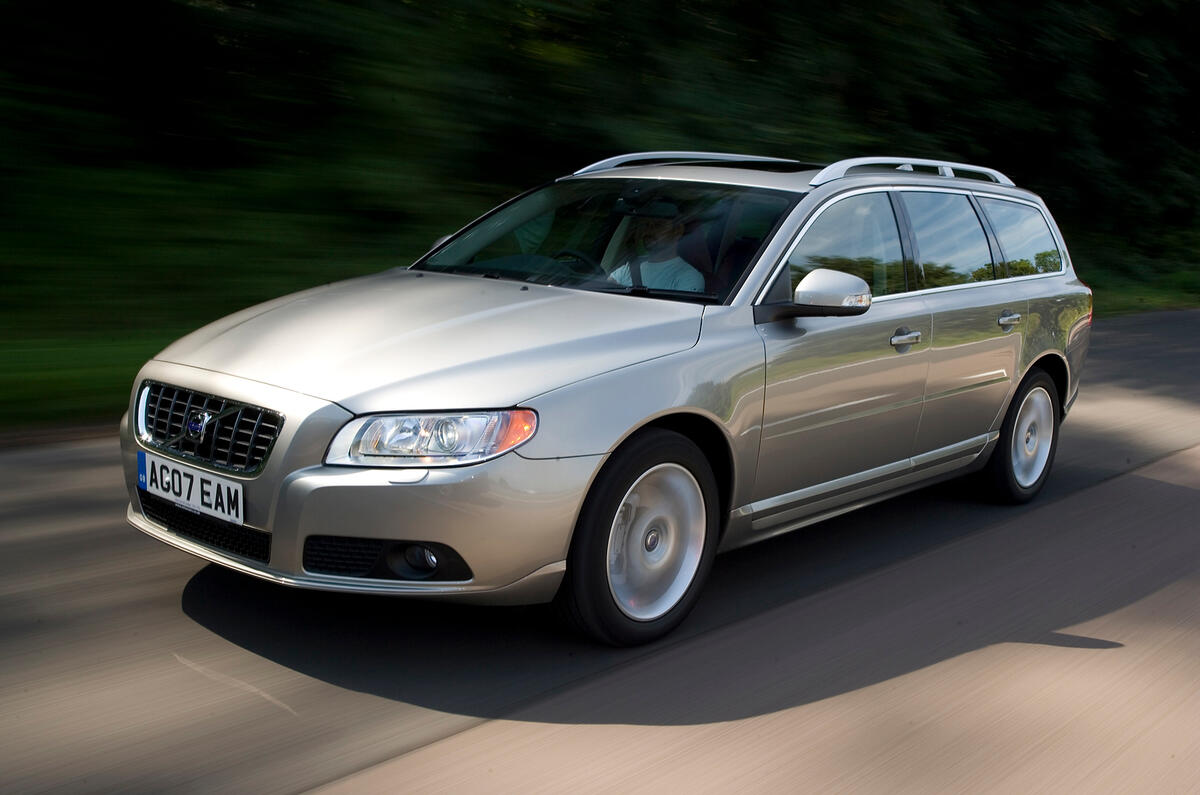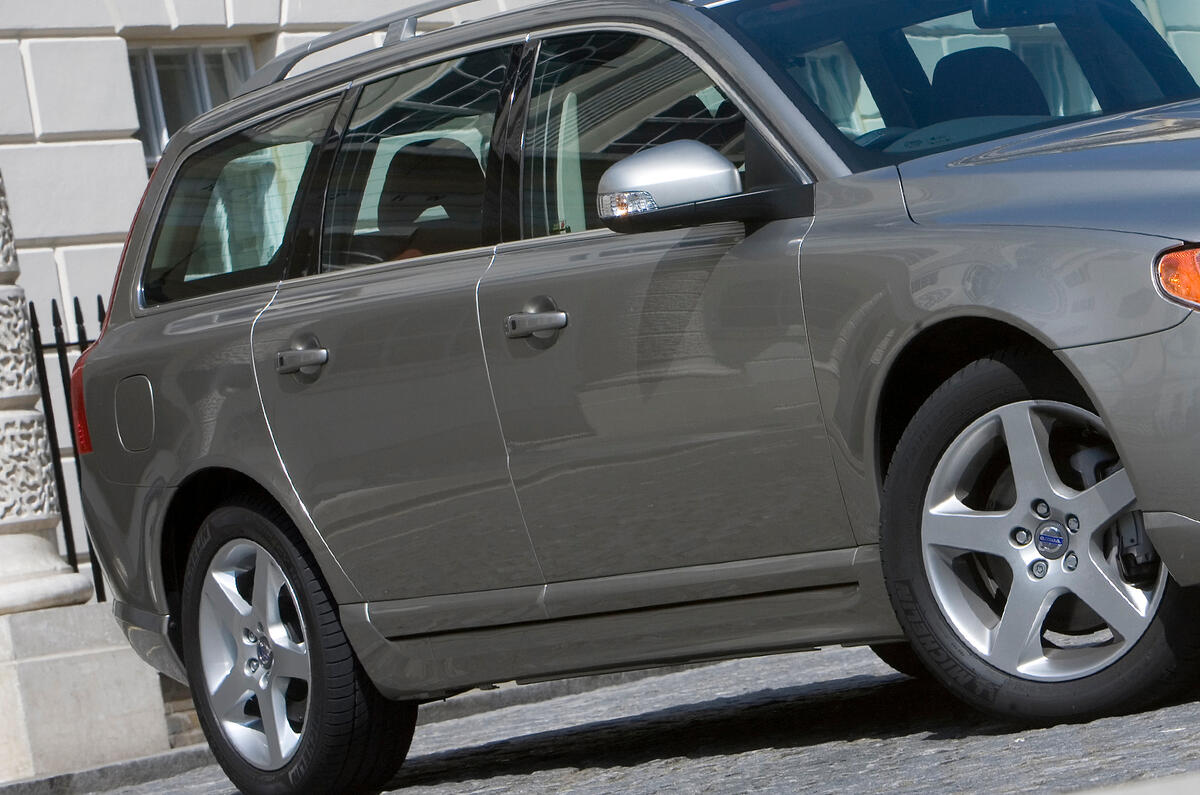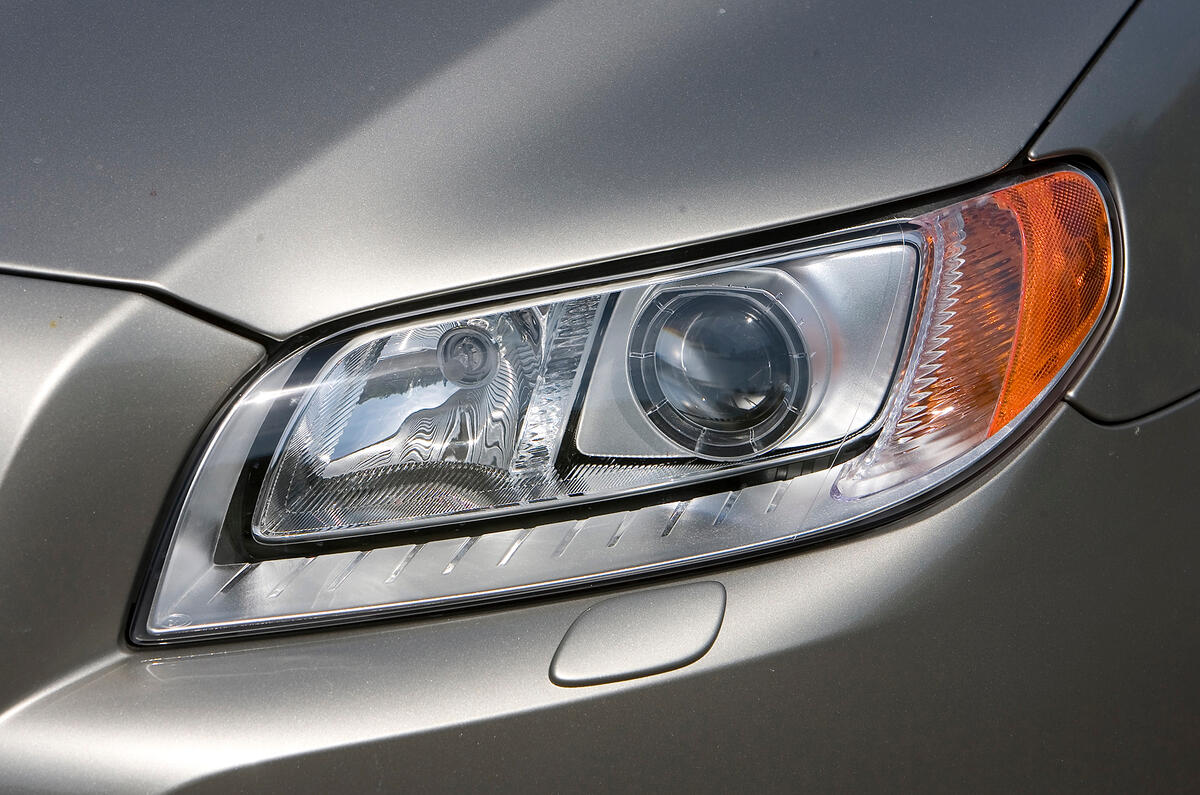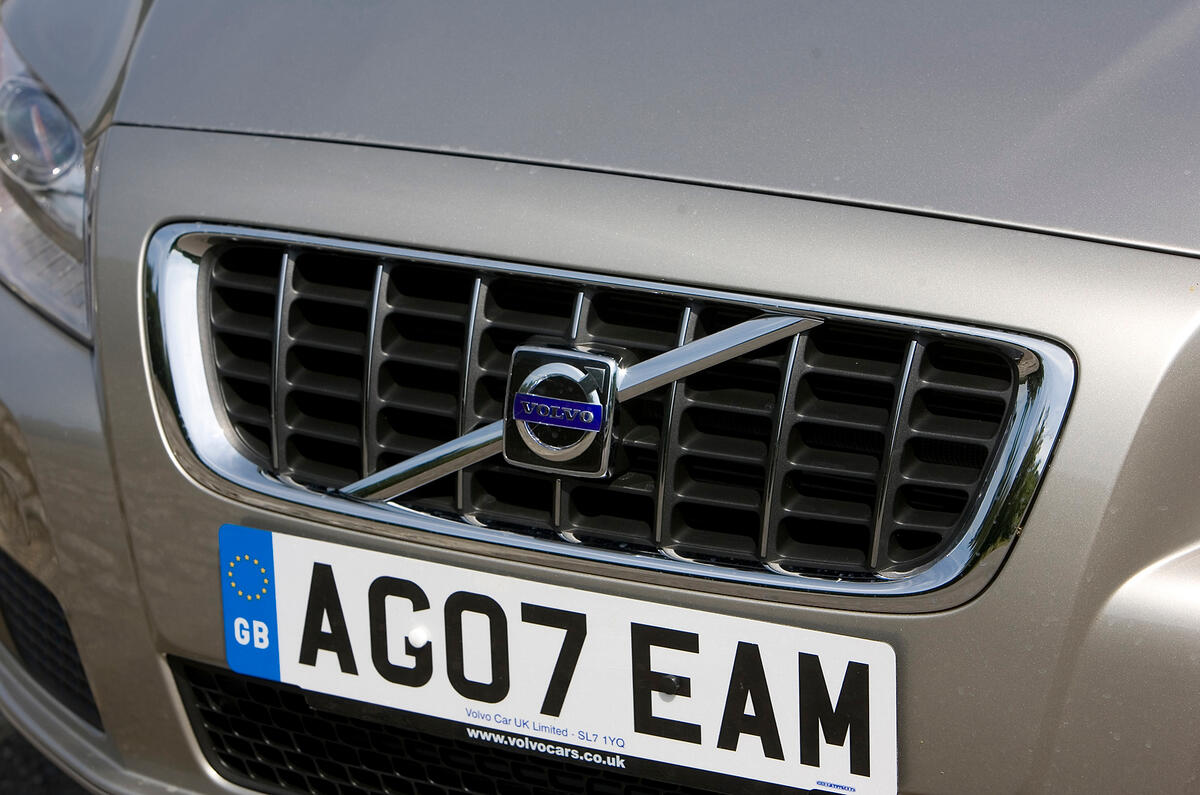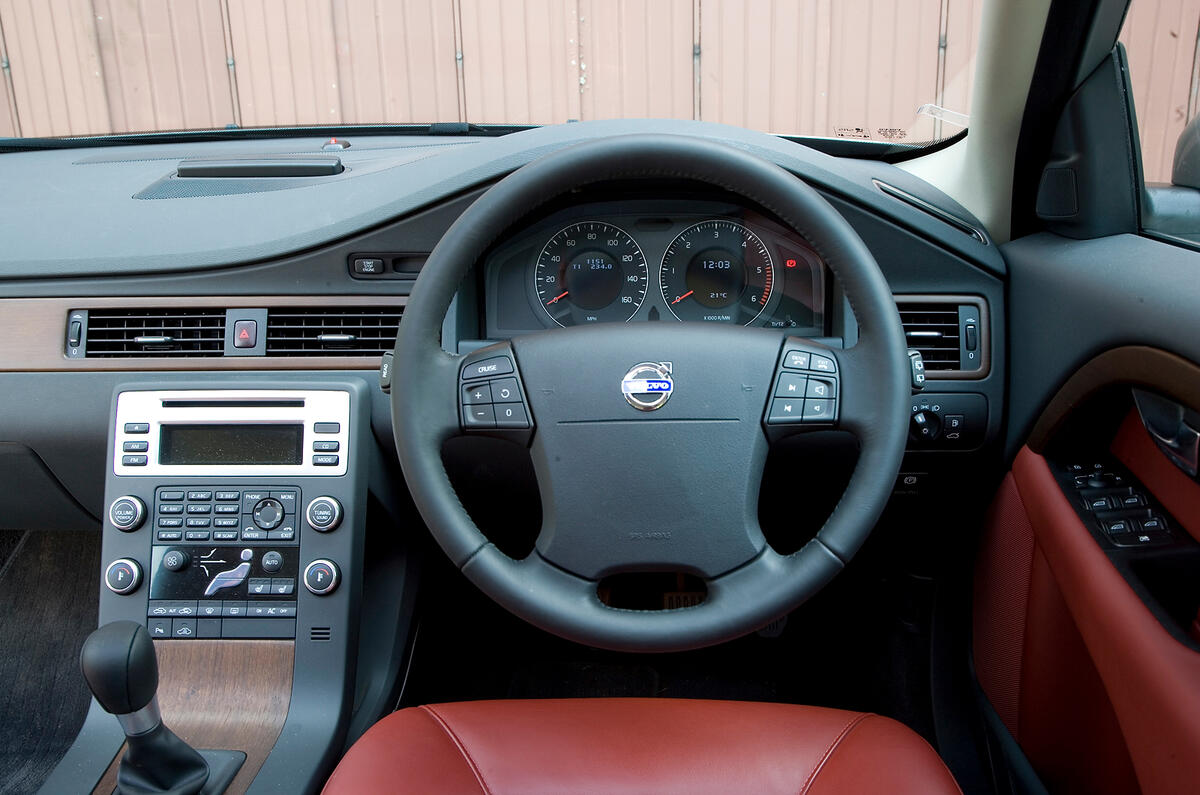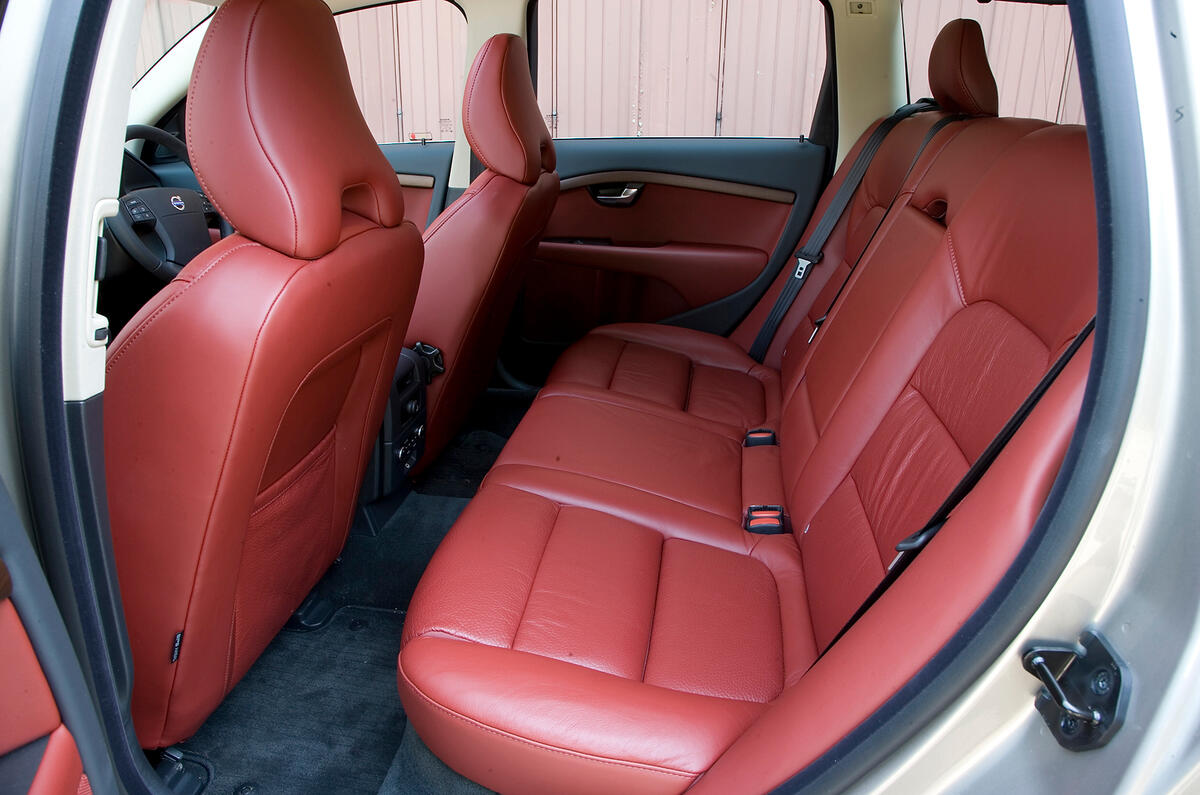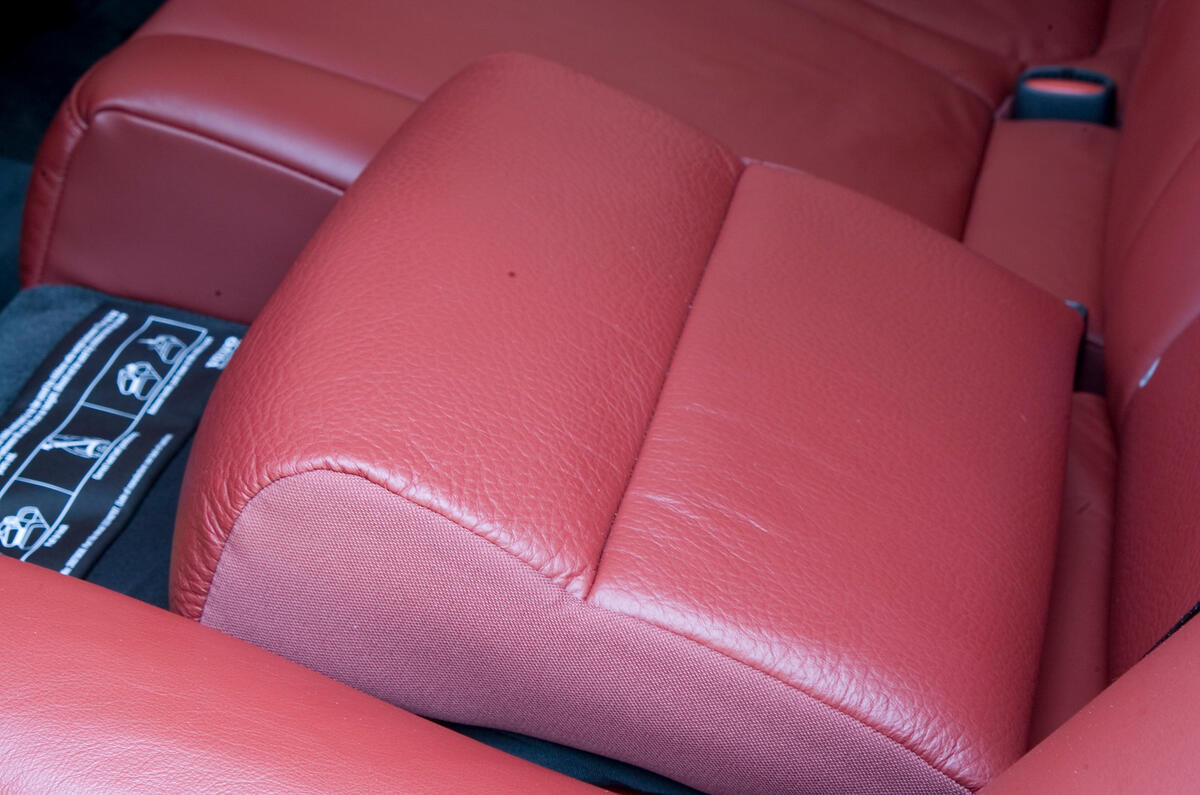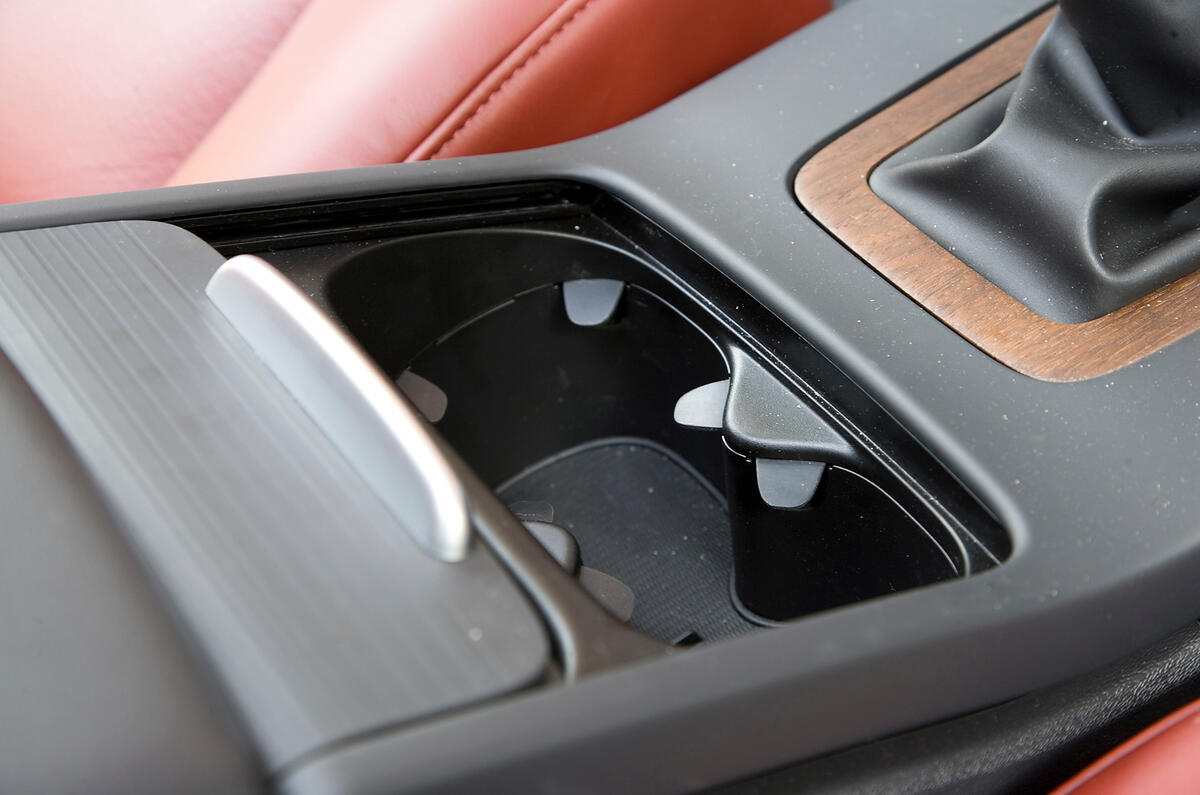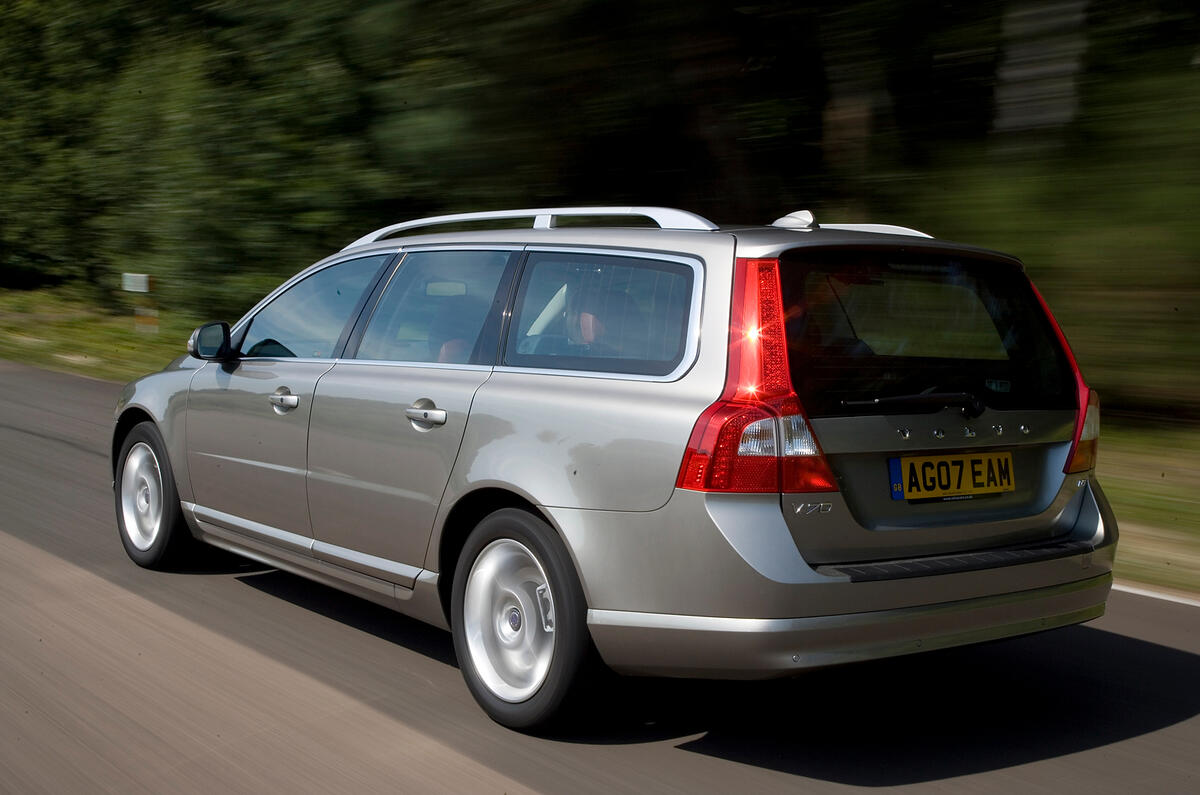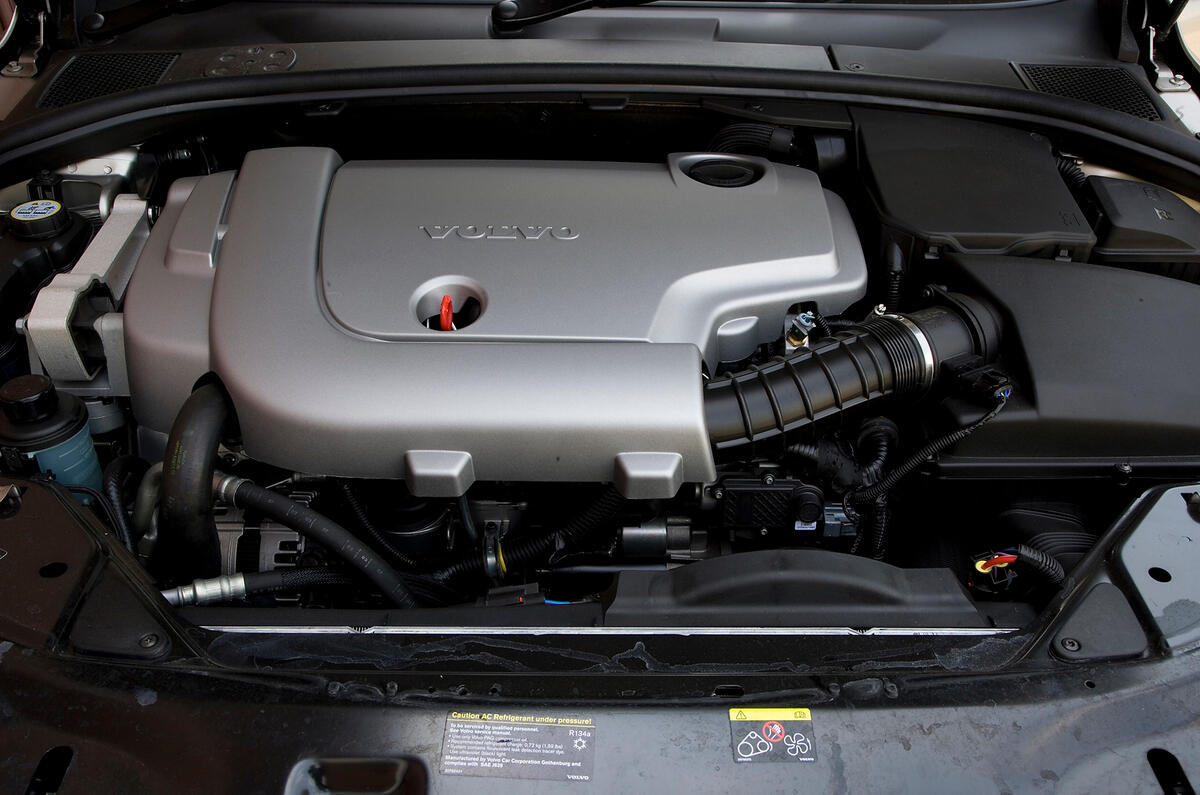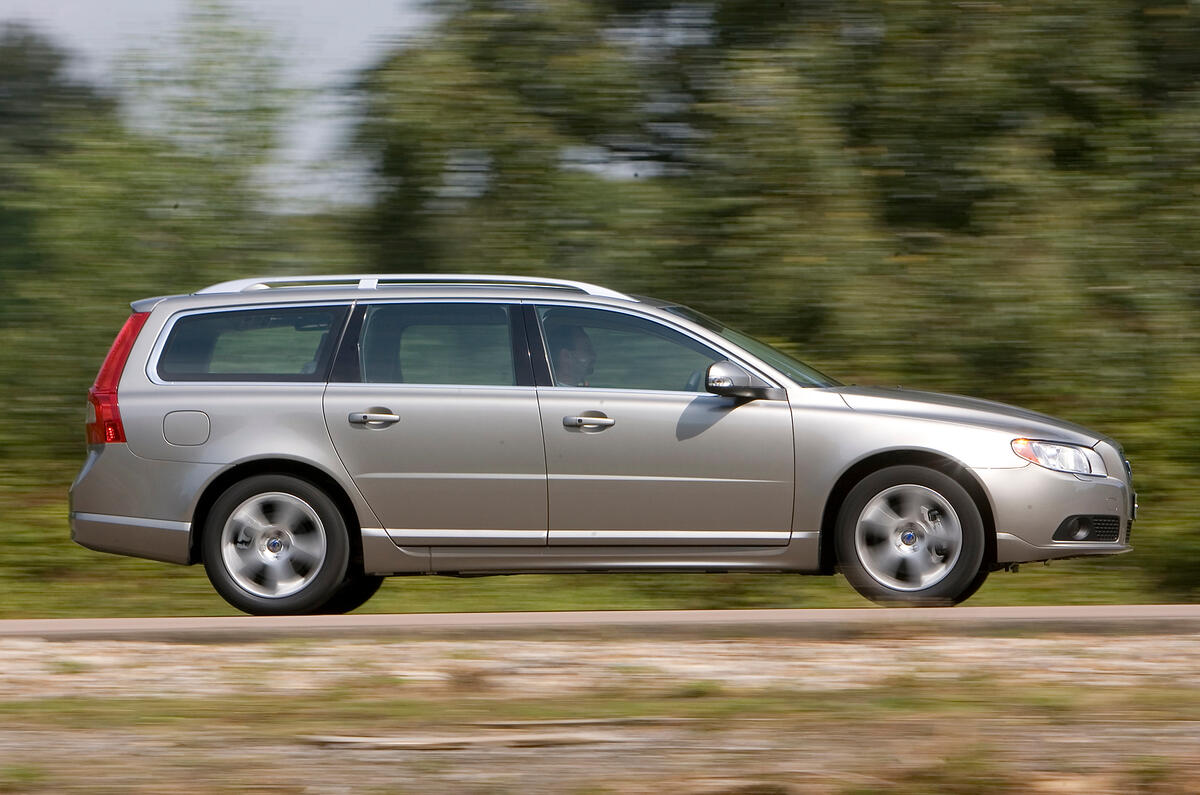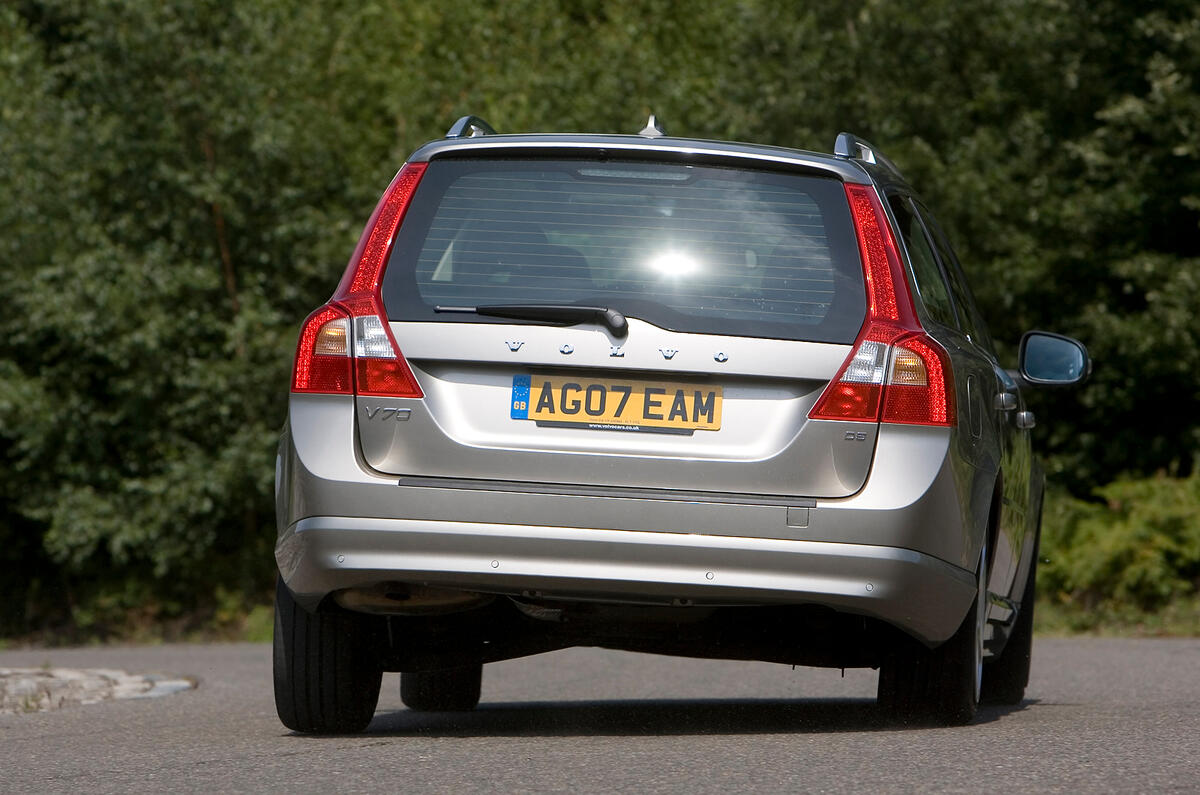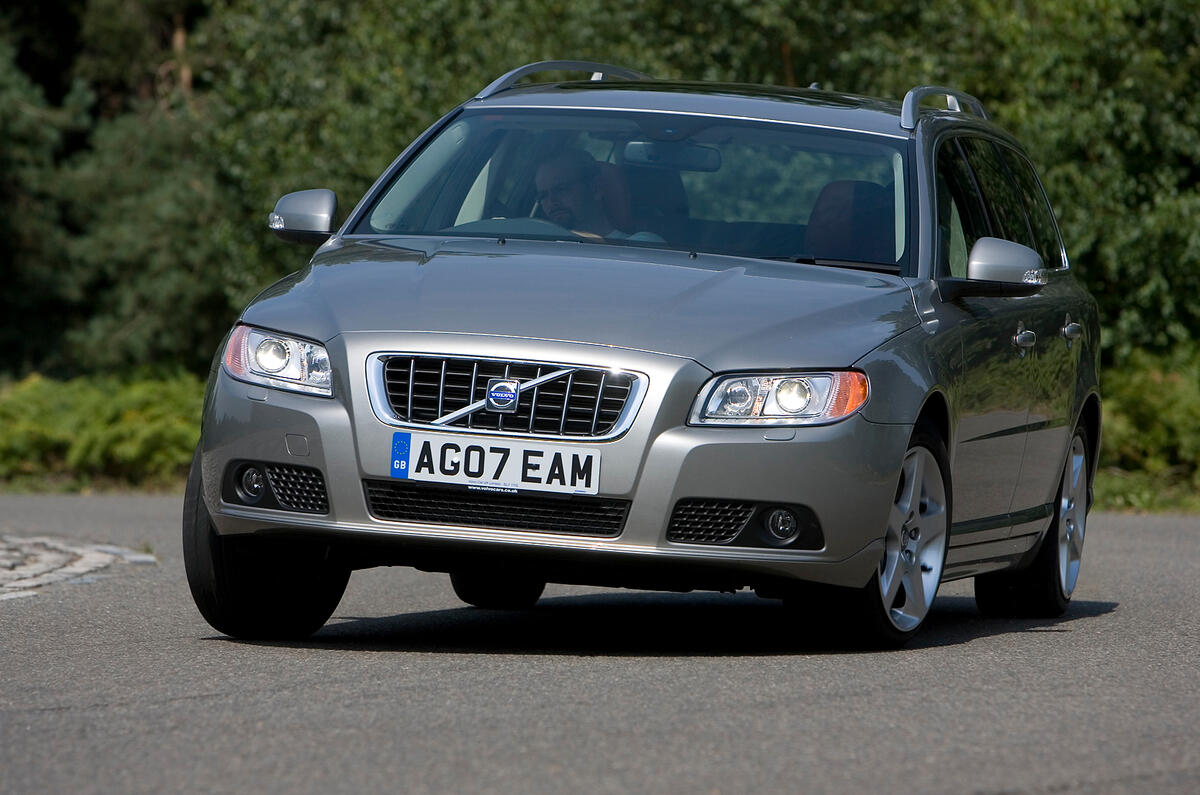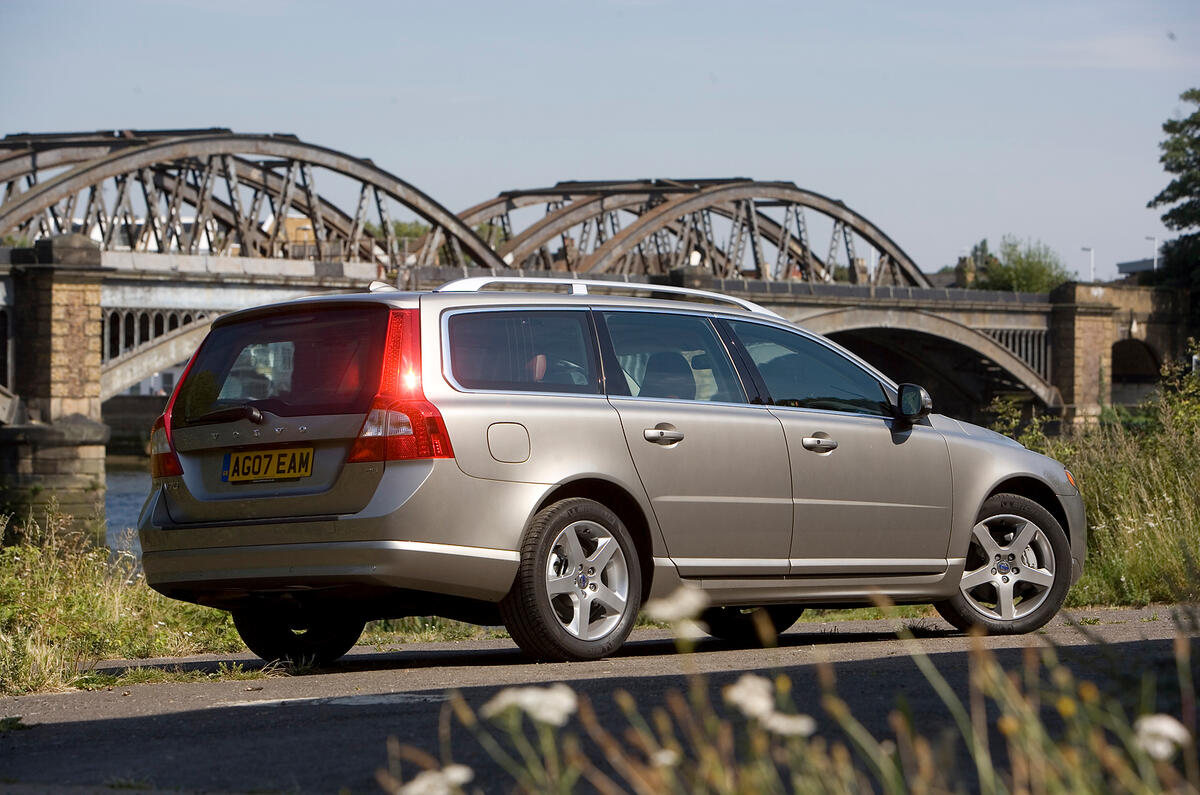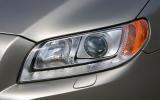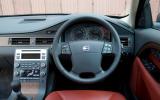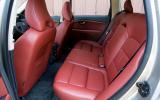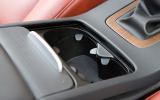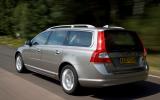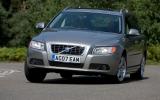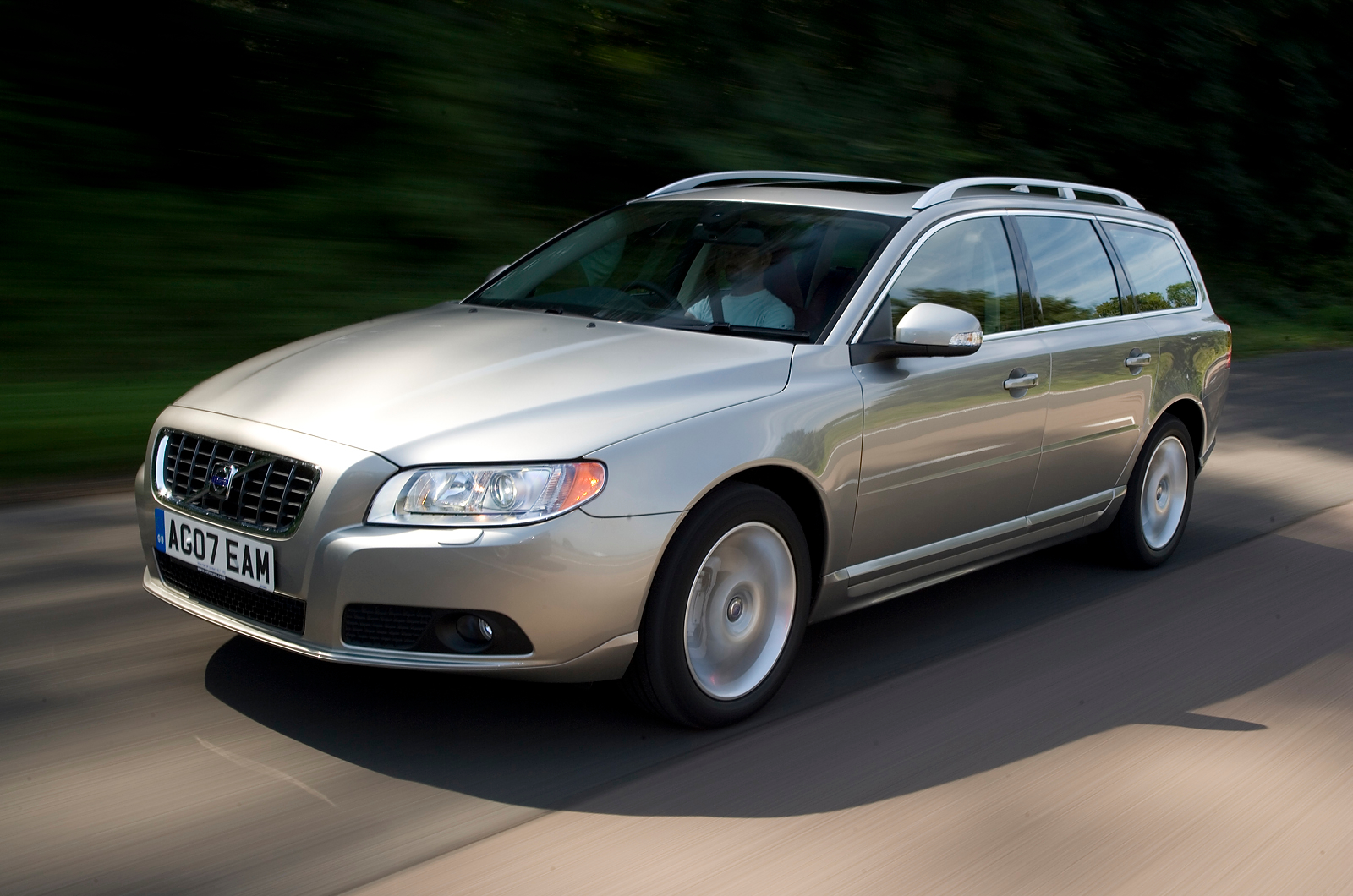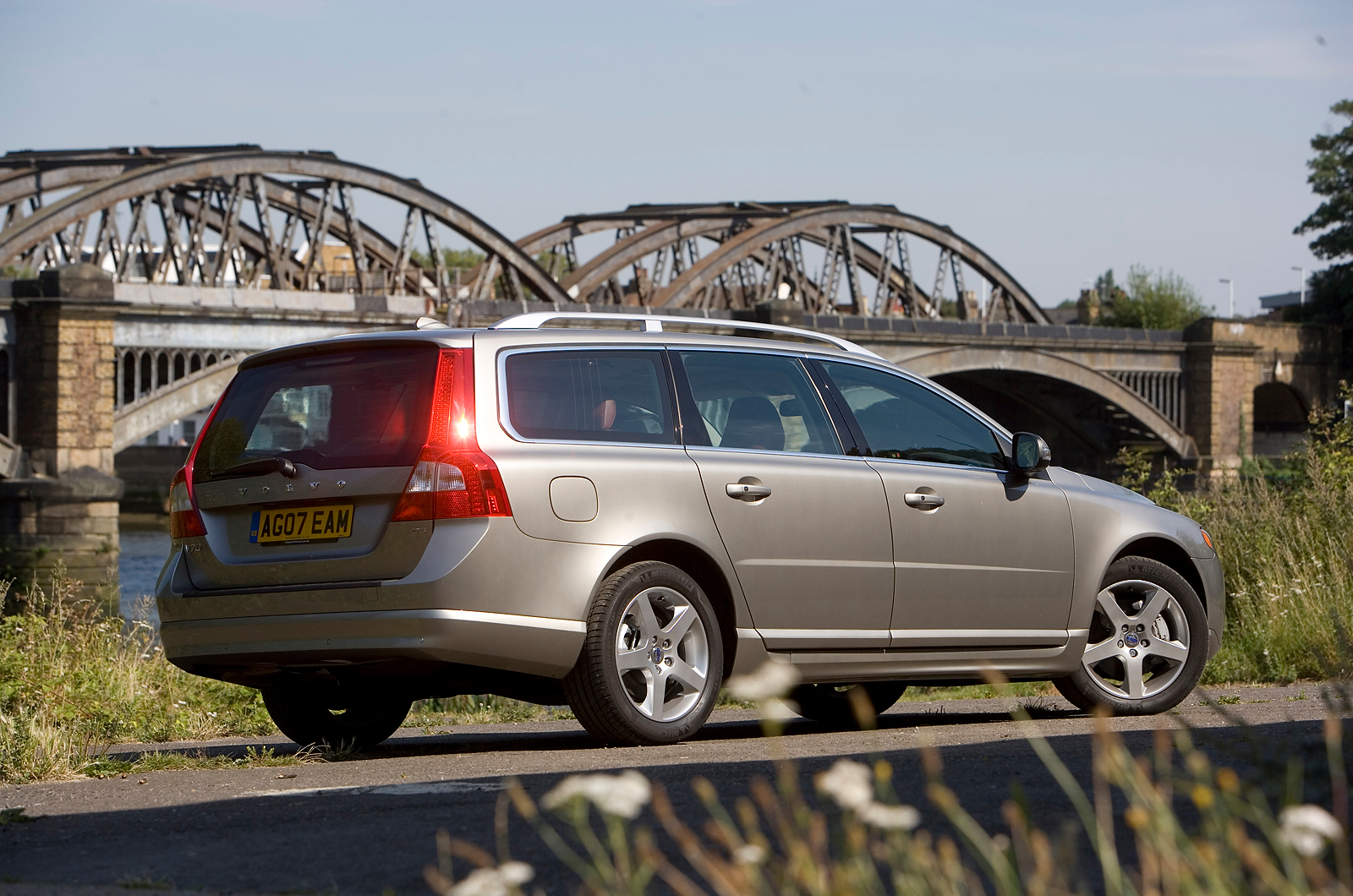The Volvo V70 is the archetypal big estate, although this has been challenged by the big three German makers recently and even more so by Skoda, with its excellent Superb.
But they don’t have Volvo’s long heritage, which began with 1953 Duett PV445 wagon and grew with the classic Amazon (1962) and the 145 (1967) that became the big-bumpered 245/265 (1974).
The rectilinear, American-esque 740/760 and 940/960 came in 1985, to be followed by Volvo’s first big front-drive estate, the smaller 850 (1993), which morphed into the first V70. The S80-derived V70 appeared in 2000 and was replaced with the current-generation model you see here in 2007.
You’d expect any Volvo estate to be substantial, comfortable, reliable and safe, but also not massively desirable or enjoyable to drive. But Volvo has not been content to follow the same old path this time. You don’t have to probe far into the press blurb about the new V70 before you begin tripping over words and phrases such as ‘athleticism’ and ‘on-road dynamism’. Volvo is claiming a certain style and sportiness for its new master load-hauler as well as all the usual versatility.
Aside from an upgraded chassis, the key improvements are in safety (particularly for children), improved comfort, a more luxurious interior and more options. The relative lack of truly new features is, if nothing else, a tribute to the excellence of the outgoing V70.


